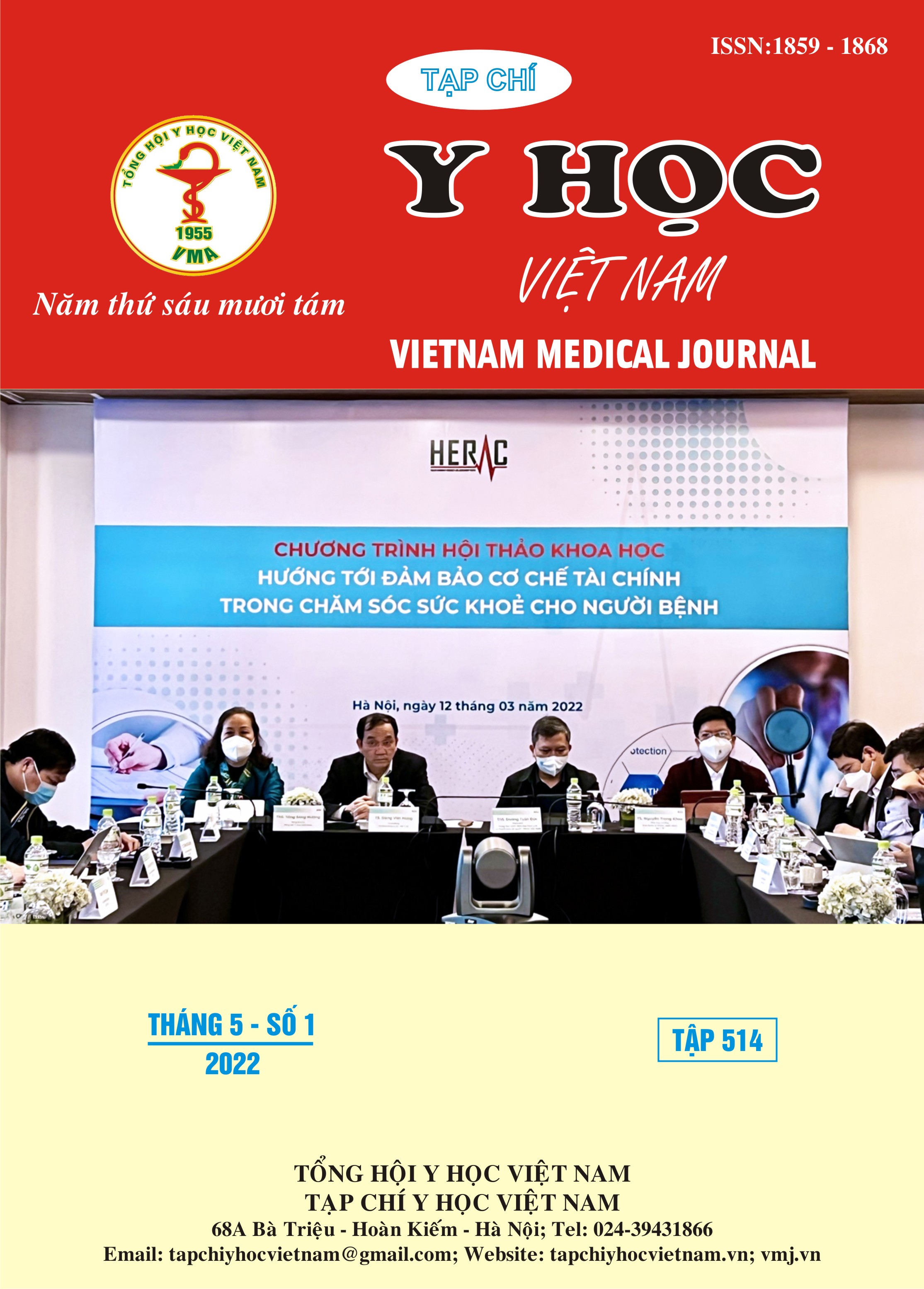INTRA-AORTIC BALLOON PUMP ASSISTED LEFT MAIN CORONARY ARTERY DISEASE INTERVENTION: A CASE REPORT
Main Article Content
Abstract
Percutaneous coronary interventions (PCI) are now widely used and highly effective in treating coronary artery diseases. PCI are increasingly performed among high-risk patients, especially patients having left main coronary artery (LMCA) disease. Due to risk of acute hemodynamic instability, PCI in this subgroup of patient is a challenge. Short-term mechanical circulatory assist devices, including intraaortic balloon pump (IABP), provides hemodynamic support during the procedure. This case report highlights a case with acute myocardial infarction due to severe LMCA stenosis successfully treated with IABP-supported PCI. Therefore, IABP could be regarded as a method of mechanical circulatory assist among patients undergoing high-risk PCI, including LMCA disease.
Article Details
Keywords
Intraaortic balloon pump, left main coronary artery disease intervention
References
2. Rihal CS, Naidu SS, Givertz MM, et al. 2015 SCAI/ACC/HFSA/STS Clinical Expert Consensus Statement on the Use of Percutaneous Mechanical Circulatory Support Devices in Cardiovascular Care: Endorsed by the American Heart Assocation, the Cardiological Society of India, and Sociedad Latino Americana de Cardiologia Intervencion; Affirmation of Value by the Canadian Association of Interventional Cardiology-Association Canadienne de Cardiologie d’intervention. J Am Coll Cardiol. 2015;65(19): e7-e26.
3. Bolooki H. Clinical Application of Intra-Aortic Balloon Pump. In: The Intra-Aortic Balloon Pump. 1998: 65-209.
4. Ferguson JJ, Cohen M, Freedman RJ, et al. The current practice of intra-aortic balloon counterpulsation: results from the Benchmark registry. J Am Coll Cardiol. 2001; 38:1456.
5. Cheng JM, van Leeuwen MAH, de Boer SPM, et al. Impact of intra-aortic balloon pump support initiated before versus after primary percutaneous coronary intervention in patients with cardiogenic shock from acute myocardial infarction. Int J Cardiol. 2013;168(4):3758 3763.
6. Wallace TW, Berger JS, Wang A, Velazquez EJ, Brown DL. Impact of left ventricular dysfunction on hospital mortality among patients undergoing elective percutaneous coronary intervention. Am J Cardiol. 2009;103(3):355-360.
7. Thiele H, Ohman EM, Desch S, Eitel I, de Waha S. Management of cardiogenic shock. Eur Heart J. 2015;36(20):1223-1230.
8. Garry BP, Bivens HE. The Seldinger technique. J Cardiothorac Anesth. 1988;2(3):403.
9. Akyurekli Y, Taichman GC, Keon WJ. Effectiveness of intra-aortic balloon counterpulsation on systolic unloading. Can J Surg J Can Chir. 1980;23(2):122-126.
10. Trần Duy Anh, Nguyễn Thị Quý. Tổng quan về bóng đối xung nội động mạch chủ. Y học thực hành (835-836). 2012.


